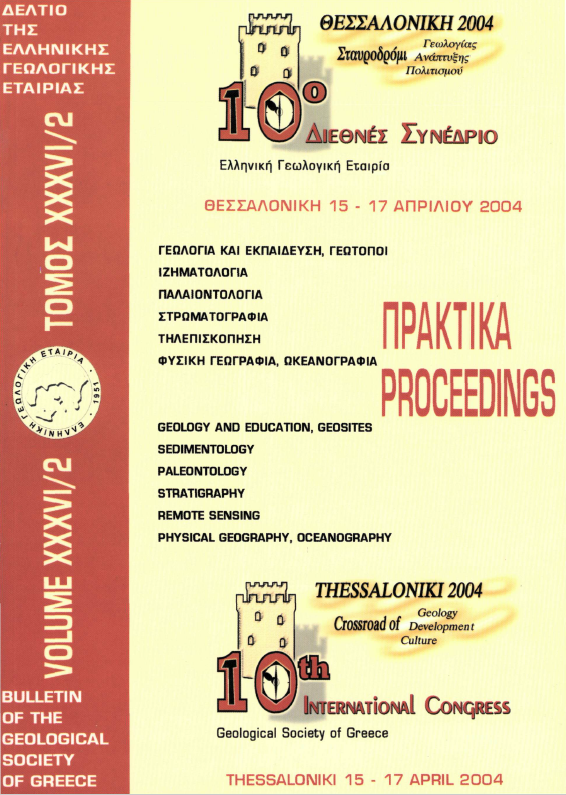PEDAGOGICAL GUIDE FOR THE VIDEOTAPE « GEOTOPES OF MACEDONIA AND THRACE, OUR GEOLOGICAL HERITAGE »
Résumé
This paper deals with the printed educational material, created to accompany as study guide the videotape: " our geological heritage- Itinerary to geotopes of Macedonia and Thrace, in Northern Greece", IGME 1997 production. This printed document aims on the one hand, to support the videotape in order that the later, becomes interactive and flexible, while on the other gives the opportunity to candidate student of this independent educational cycle to be trained without the physical presence of educator. It is addressed to distance learning students of geosciences or environment or in persons interested in geology and geological heritage, as well as teachers dealing with environmental education, in tourist guides, land use planners etc. There is no ambition to prepare specialists in geology with this. It simply aims to help in understanding that rocks and subsoil are integral part of the natural world and contain significant information for the past of the Earth, our past. It also aims to help in understanding some meanings of geoconservation, the relevant new terminology of this concept, and to create a communication code with the specialists in order to facilitate the cooperation. The videotape, half an hour duration, aims to give the necessary images and script.
Article Details
- Comment citer
-
Θεοδοσίου-Δρανδάκη Ε. (2018). PEDAGOGICAL GUIDE FOR THE VIDEOTAPE « GEOTOPES OF MACEDONIA AND THRACE, OUR GEOLOGICAL HERITAGE ». Bulletin of the Geological Society of Greece, 36(2), 626–630. https://doi.org/10.12681/bgsg.16767
- Rubrique
- Geosciences in Education and Geosites

Ce travail est disponible sous licence Creative Commons Attribution - Pas d’Utilisation Commerciale 4.0 International.
Authors who publish with this journal agree to the following terms:
Authors retain copyright and grant the journal right of first publication with the work simultaneously licensed under a Creative Commons Attribution Non-Commercial License that allows others to share the work with an acknowledgement of the work's authorship and initial publication in this journal.
Authors are able to enter into separate, additional contractual arrangements for the non-exclusive distribution of the journal's published version of the work (e.g. post it to an institutional repository or publish it in a book), with an acknowledgement of its initial publication in this journal. Authors are permitted and encouraged to post their work online (preferably in institutional repositories or on their website) prior to and during the submission process, as it can lead to productive exchanges, as well as earlier and greater citation of published work.



